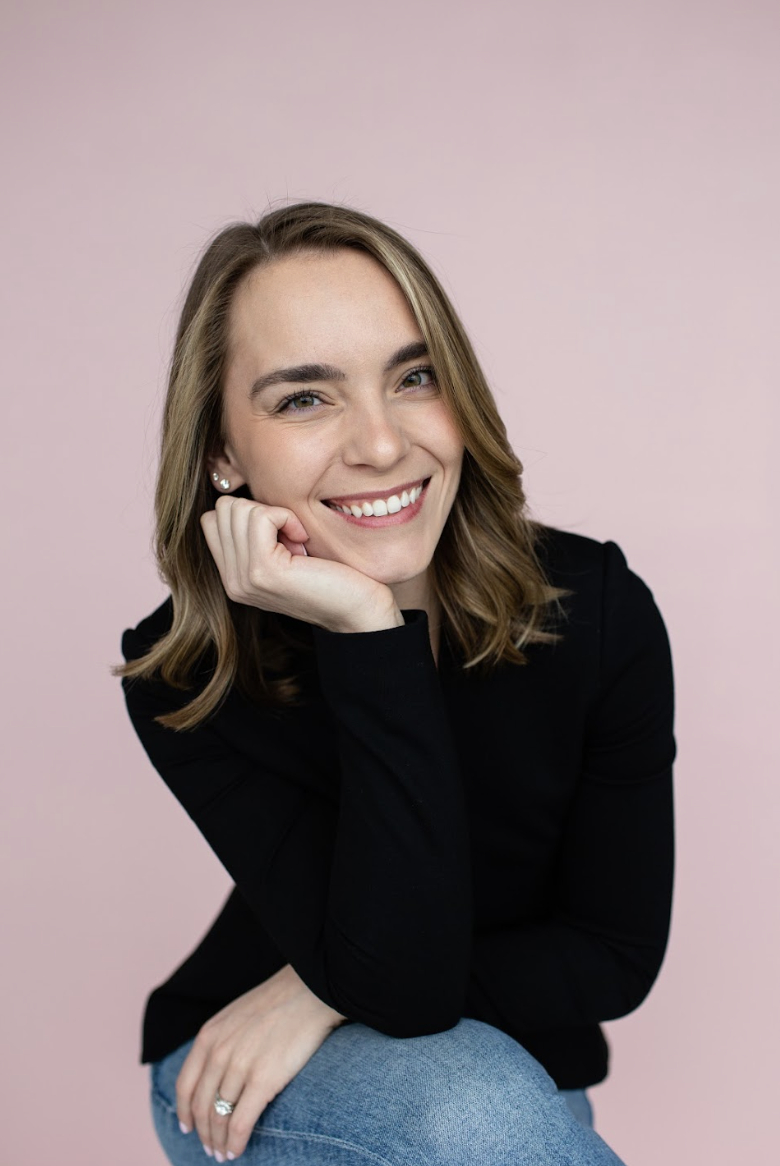We were lucky to catch up with Molly Lucas recently and have shared our conversation below.
Alright, Molly thanks for taking the time to share your stories and insights with us today. Parents can play a significant role in affecting how our lives and careers turn out – and so we think it’s important to look back and have conversations about what our parents did that affected us positive (or negatively) so that we can learn from the billions of experiences in each generation. What’s something you feel your parents did right that impacted you positively.
My mom has a saying she’s used my whole life: “I promise to never break your spirit, but I must bend your will.” And, boy, did she have her work cut out for her.
I was a headstrong kid—the kind who refused to sit in the stroller because I wanted to walk, who insisted on doing everything myself. They don’t call them the “terrible twos” for no reason. I might’ve looked sweet with my blonde pigtails and hazel eyes, but I was a firecracker.
One story that still makes the rounds at family dinners is the time I looked up—way up—at my 6’2″ brother, who was 17 years older than me, and declared, “You not the boss of me.” Classic youngest sibling energy, right? Especially since I was the surprise baby—my mom found out she was pregnant with me at 40.
But here’s the thing: my parents never tried to put out that fire. Instead, they worked hard to shape it into something meaningful—turning attitude into ambition and stubbornness into determination. They balanced discipline with compassion. They were the parents who showed up, who listened, who made time. And in doing so, they gave me one of the greatest gifts: I felt valued, seen, and deeply loved.
They never pushed me into traditional definitions of success. My parents didn’t go to college themselves, but they wanted that opportunity for their kids. Still, they never tried to steer me toward being a doctor or a lawyer—they just wanted me to chase what made me come alive. And when interior design became that passion, they were all in.
That headstrong kid? She grew into a woman who runs her own business, tells stories through design, and still carries that fire.
My parents taught me that the greatest gift you can give a child is time—because it builds unstoppable adults who believe they can make a difference.
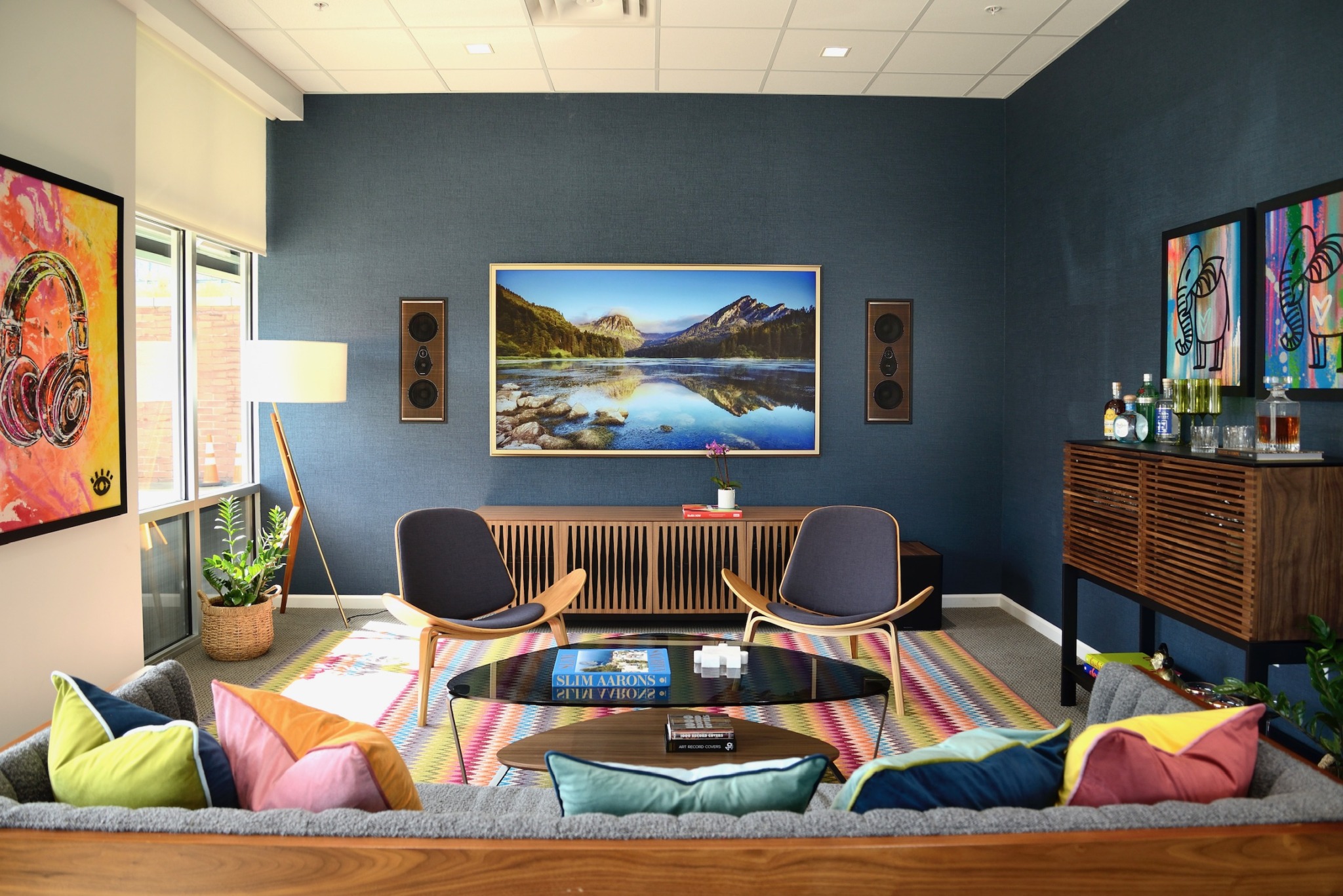

Great, appreciate you sharing that with us. Before we ask you to share more of your insights, can you take a moment to introduce yourself and how you got to where you are today to our readers.
I’m Molly, the Owner and Principal Designer of Maison de Molly. One of the first questions I ask every client is simple: “How do you want to live in your space?” Because if you don’t love being there, it doesn’t matter how good it looks. Every design I create is a reflection of my clients’ stories, their values, and how they want to live. For me, design isn’t just about aesthetics—it’s about connection.
Growing up, I was always fascinated by the spaces around me—how a cozy living room with a crackling fireplace and overstuffed armchairs could make people linger a little longer, or how the smell of fresh cookies in a cheerful kitchen made everyone feel instantly at home. I didn’t have the words for it back then, but I could feel how these spaces shaped people’s moods and memories. A well-designed room sets the stage, but it’s the person hosting, the conversations shared, and the stories told that give it life. The most meaningful spaces are those that reflect the people who inhabit them. That’s what makes a space truly noteworthy—when design becomes a backdrop for connection, belonging, and moments that stick with us long after we’ve left the room.
That curiosity led me to pursue a BA in Interior Architecture at Chatham University, where I could learn the technical skills to accompany the creative spark within me. The years following graduation were filled with learning, trial and error, and a lot of creativity. My first job out of school was at a design-build firm, where they poured time into teaching me the technical side of the industry—construction documents, cabinetry details, 3D modeling—the behind-the-scenes work that turns ideas into reality. From there, I joined a high-end residential design firm where I got to experiment with patterns, colors, and textures to create truly unique spaces. We traveled often, worked hard, and had some amazing clients. But somewhere along the way, I felt lost in the throw pillows. This wasn’t what originally set my heart on fire. I’ve always said I got into design to help people. Cheesy? Maybe. But still true.
It wasn’t until I launched Maison de Molly (House of Molly) that I really found my sweet spot—designing spaces that tell stories.
At Maison de Molly, we offer full-service interior design—from 2D CAD floor plans and 3D realistic renderings to sourcing, purchasing, and installing furniture, fixtures, and finishes. Whether it’s a home, a luxury rental, a showroom, or an event venue, we focus on balance, scale, and emotional connection—because your space should feel like you.
I’ve been in the shoes of small business owners trying to juggle it all, so I also offer 2D and 3D asset creation to other interior designers who might not have an in-house team. It’s my way of helping them scale their businesses—because I believe in collaboration over competition. And for luxury rentals, showrooms, and event spaces, we provide marketing services that go beyond design. We create YouTube and Instagram content that showcases what makes each space truly special and helps our clients stand out.
So, what sets us apart? It’s simple: we focus on the why behind every design decision. We’re not chasing trends just because they’re popular. We’re crafting spaces that tell stories—whether it’s the legacy of a 1906 Tudor mansion being brought back to life as a wedding venue or a modern shorefront villa in Roatán designed for both relaxation and connection.
But here’s what really matters: the relationships we build. The trust our clients place in us. The moments that happen in the spaces we design. That’s what I’m most proud of—not the staged photos or the big reveals, but the fact that people feel at home in the spaces we create.
Because at the end of the day, it’s not just about the room. It’s about how you live in it.
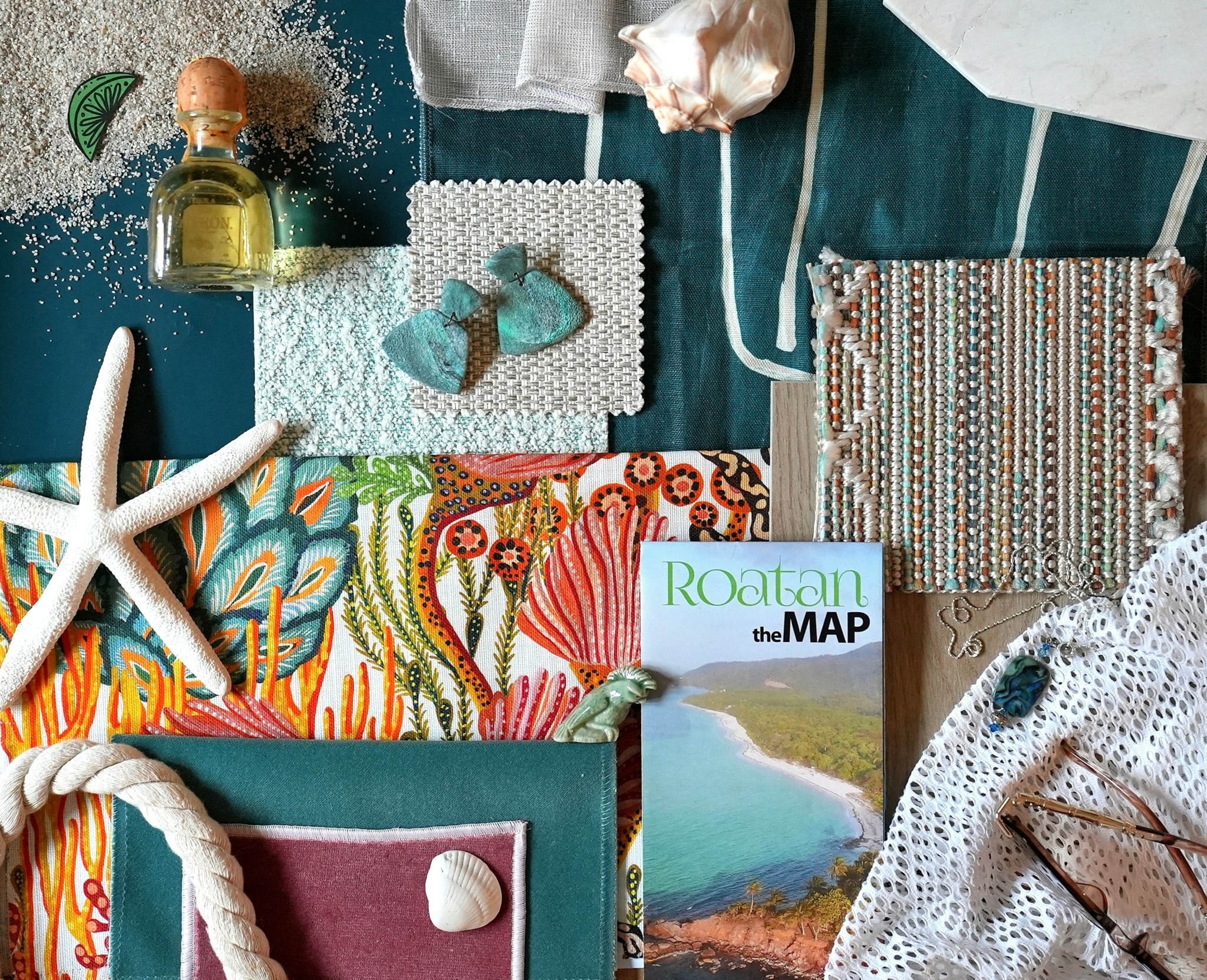
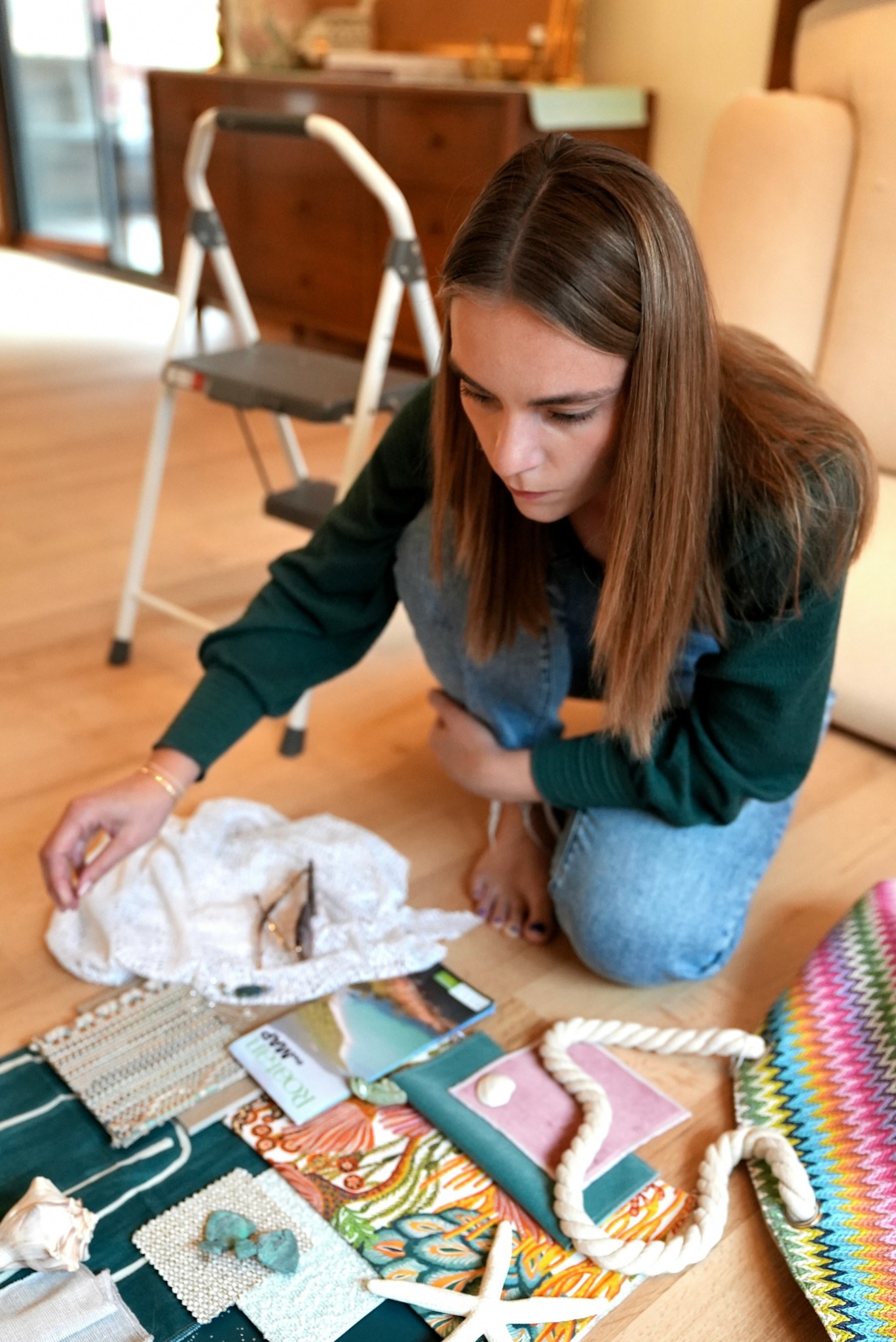
Any insights you can share with us about how you built up your social media presence?
I wish I could write this with a 100,000 followers under my belt—or even 5,000—but that’s just not my reality… yet. Heck, I was thrilled with 1,000. The truth is, not everyone goes viral or becomes an overnight sensation. (Though, let’s be honest, we’ve all hoped for it at some point.)
In interior design, social media isn’t just a nice-to-have—it’s essential. It’s a public portfolio that gives people a window into who you are and what you do. This holds true for any artist or craftsperson: social media is where people find you. It’s where they connect with your work and your personality before they ever reach out directly.
I’m still slowly building my audience. I have a love-hate relationship with social media. There are days when I feel like my team and I are putting out great content that just…stays local. It’s easy to get discouraged. But I’ve realized that staying true to my brand and my voice matters more than chasing every trend or burning out trying to “hack” the algorithm.
Here’s what I’ve learned so far:
1. Start Simple—Know Your Brand and Your Message.
Before you start filming or posting, get clear on who you are and what you want people to know about you. Are you fun and playful? Minimal and refined? Serious and educational? Your content should reflect the same energy that someone would feel if they worked with you in person. And remember, you don’t need a fully fleshed-out identity from day one. Your brand will grow as you do—just make sure your messaging is intentional.
2. Don’t Chase Trends Just to Chase Them.
It’s tempting to jump on every trending sound or video format, especially when it feels like that’s the key to “going viral.” But here’s the thing: trends have a shelf life, and your audience is following you for you. If a trend genuinely fits your brand, go for it. But if it feels forced, skip it. Instead, focus on creating content that highlights what you love—whether it’s a behind-the-scenes of a design install, a design tip that makes life easier, or simply showing your process. Aim to get better at telling your story over time rather than chasing quick wins.
3. Show Who You Are—Not Just What You Do.
People follow people, not portfolios. Yes, your social media is a public showcase of your work, but it’s also where people decide if they like you. Don’t be afraid to pull back the curtain a bit—I’ve found that videos with me in them specifically help with this. I want my future clients to feel like they’re already connected to me through my videos before we even work together. That human connection is what turns a casual viewer into a potential client.
And if you’re just starting out, don’t feel pressured to look like you have 20 years of experience. Everyone starts somewhere. Focus on being real, not perfect. Share the behind-the-scenes, the process, even the lessons learned along the way. That’s the stuff people actually relate to—and it builds trust way faster than just polished end results.
4. Consistency Over Going Viral
Consistency is what builds an audience that actually cares about what you’re doing. It’s better to have 500 followers who love your work and would hire or recommend you than 5,000 passive scrollers who never engage. Aim for steady growth, and give your content time to breathe before judging its success. Some of my favorite posts didn’t necessarily get the most likes, but it doesn’t make them any less valuable.
5. Don’t Let the Algorithm Control Your Creativity.
It’s easy to get sucked into likes, shares, and engagement rates. But constantly creating just to appease an algorithm will eventually drain you. Focus on crafting content that feels meaningful to you and aligns with your brand. The right audience will find you—they just might take a little longer to get there.
At the end of the day, social media should be a tool to help you build relationships, not a full-time job that drains your creativity.

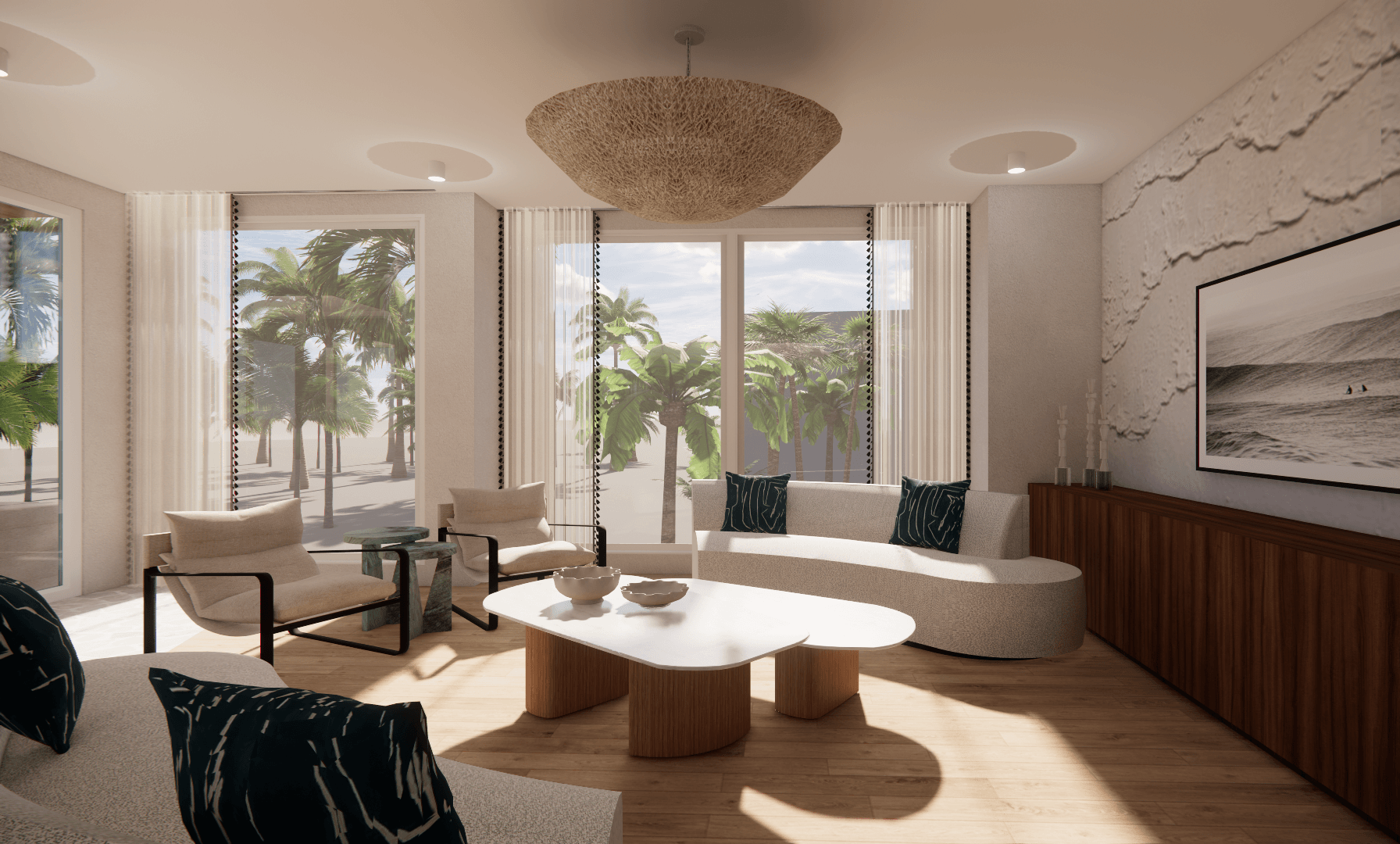
What do you think helped you build your reputation within your market?
When I think about what’s helped me build my reputation in the design world, it really comes down to one thing: relationships. From the very beginning of my career, I made it a priority to connect with others in my industry—designers, vendors, tradespeople, and creatives—because I knew I wasn’t the smartest person in the room, but I could be a sponge. I wanted to soak up every bit of knowledge and experience from those around me.
One of the biggest factors that helped shape my reputation was my involvement with ASID (American Society of Interior Designers). I got involved as a college student, eager to learn and connect with established designers, and that early engagement paid off in ways I couldn’t have imagined. Over time, I moved from being a student member to serving on the professional board for my local chapter, eventually becoming president—the youngest president our chapter had ever had.
Stepping into that leadership role at a young age wasn’t always easy, but it was a defining moment in my career. It challenged me to step up, make big decisions, and advocate for other designers in the community. It also helped me build a reputation as someone who is not only hardworking but also serious about the future of the industry. Being part of ASID wasn’t just about professional titles or networking—it was about contributing to something bigger than myself and supporting the creative community I love.
Beyond ASID, I’ve made it a point to foster relationships with others in my field—whether it’s through trade shows, local events, or simply reaching out to collaborate. I believe there’s so much power in collaboration over competition, and that mindset has opened doors for partnerships, referrals, and friendships that have been invaluable to my career.
At the end of the day, building a strong reputation isn’t about how many followers you have or how many projects you’ve completed—it’s about how you show up for your community, the way you treat people, and the relationships you build along the way.
Contact Info:
- Website: https://www.maisondemolly.com/
- Instagram: @maison.de.molly
- Facebook: https://www.facebook.com/profile.php?id=61568209166393
- Linkedin: https://www.linkedin.com/in/molly-lucas-allied-asid
- Youtube: https://www.youtube.com/@maisondemolly


Image Credits
Concession Stand/Movie Theater: Dave Bryce Photography
Team Photo/ Headshot: Kelsey Cunningham Photography


